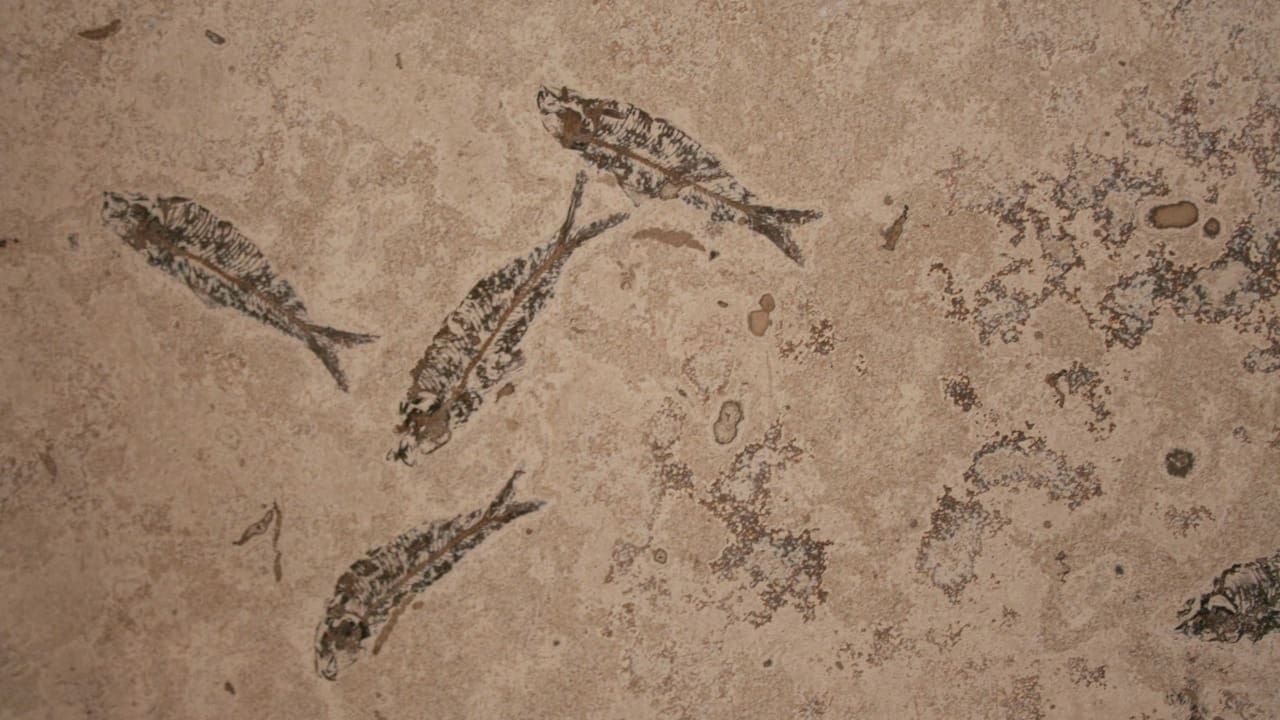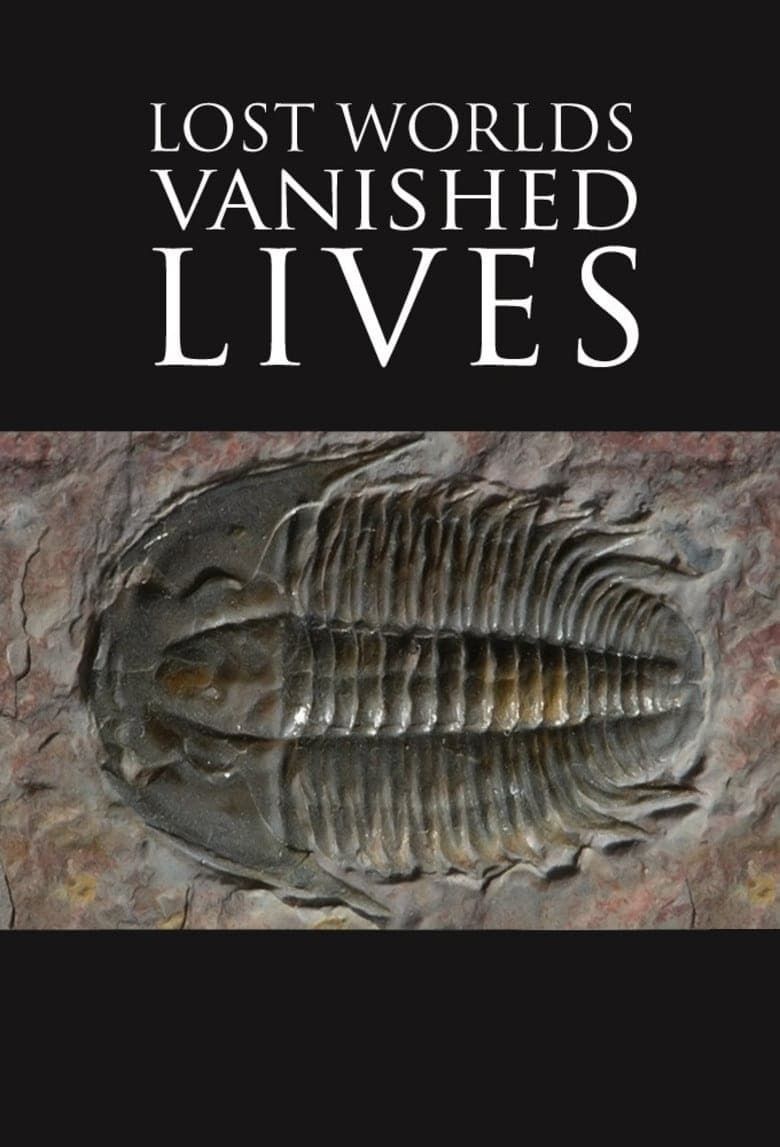

Lost Worlds, Vanished Lives
Miniseries
David Attenborough's comprehensive study of fossils, which give many clues to how life existed on pre-historic Earth.
Where to Watch Miniseries
4 Episodes
- Magic in the Rocks
 E1
E1Magic in the RocksIn the first of this four-part BBC series, David Attenborough shows us how ancient creatures have come to be preserved as fossils and how those fossils can shed light on characteristics of these creatures' lives, and even their death. He further demonstrates how scientists use a variety of ingenious methods to extract once living creatures and plants from their rocky tombs. - Putting Flesh on Bone
 E2
E2Putting Flesh on BoneUsing modern day creatures for comparison, scientists theorize what prehistoric animal traits seen within fossilized remains might have been used for during their period. Teaming together with aeronautical engineers, the Smithsonian Institution commissions a scale replica of a pterosaur to determine its flight capabilities. - Dinosaur
 E3
E3Dinosaur"Dinosaur", provides the most familiar information. Dinosaurs have been 'done to death' by, seemingly, dozens of speculative and factual documentaries since David made this. But even if this episode is full of facts that have become familiar to us, it's better presented than most and still interesting. - The Rare Glimpses
 E4
E4The Rare Glimpses"The Rare Glimpses", examines areas of the fossil record where information is sparse. We visit The Burgess Shales in British Columbia, Canada where there's a rare deposit of soft-bodied animals, the sort that don't usually fossilize. The animals of The Burgess Shale are beautiful, unlikely and bizarre. The most common creatures preserved 500 million years ago, were trilobites. But what did the trilobites eat and what ate the trilobites? The creatures that trilobites preyed upon and those that preyed upon trilobites are found here, at The Burgess Shale. After the time of the dinosaurs, there's another period when small, delicate mammals only rarely fossilized and we see a rare glimpse of them at sites in Germany: one where the famous Archaeopteryx fossil was discovered and another where the mudstone is a mere 48 million years old and hasn't finished solidifying into rock.

